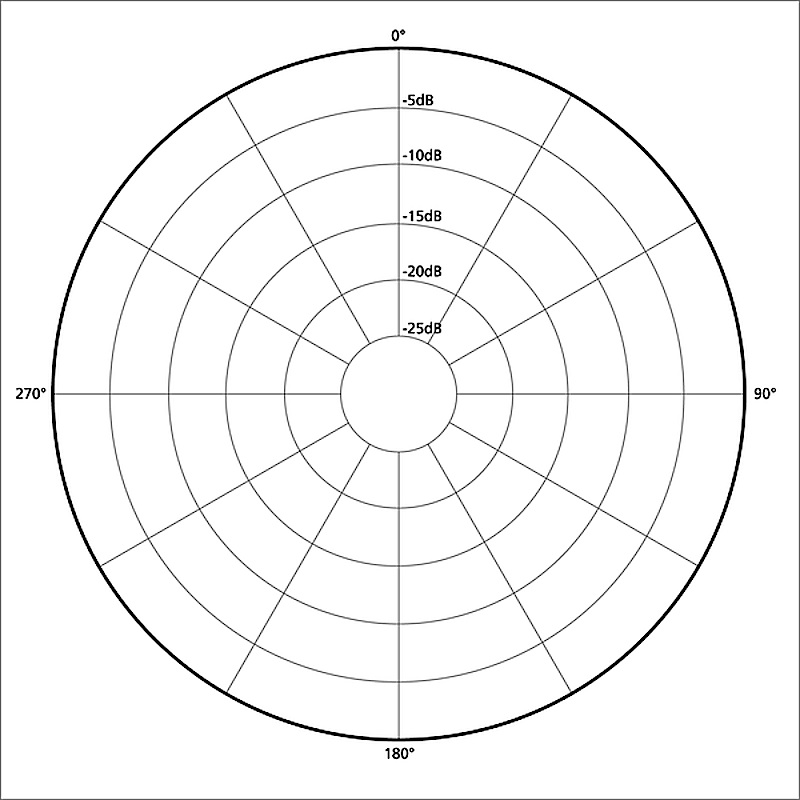 The omnidirectional pattern allows picking sound from all directions. With omni mics, no matter how you twist or rotate them, it will all sound the same. Of course, if you bring such mic closer or farther away from the source of sound, the output level will still vary. It is just the angle, which doesn’t matter. Omnidirectional mics can theoretically deliver a more natural sound, but in reality it isn’t that simple. As they do literally pick up everything – needed and not, their use is typically limited to some specific scenarios. Here are the most obvious examples: (1) Recording a group of people simultaneously (2) Interviews: this is a very convenient use, in which case both the interviewer and interviewee would be equally heard. Moreover, you can also easily pass the mic without having to worry about its picking angles. (3) When you want an experience of being there: omni mic can capture all the sounds naturally occurring in the environment with a good accuracy. (4) Recording a choir of orchestra: can produce great results for rooms with great acoustics. (5) Outdoor usage: omni microphones are less affected by the wind noises.
The omnidirectional pattern allows picking sound from all directions. With omni mics, no matter how you twist or rotate them, it will all sound the same. Of course, if you bring such mic closer or farther away from the source of sound, the output level will still vary. It is just the angle, which doesn’t matter. Omnidirectional mics can theoretically deliver a more natural sound, but in reality it isn’t that simple. As they do literally pick up everything – needed and not, their use is typically limited to some specific scenarios. Here are the most obvious examples: (1) Recording a group of people simultaneously (2) Interviews: this is a very convenient use, in which case both the interviewer and interviewee would be equally heard. Moreover, you can also easily pass the mic without having to worry about its picking angles. (3) When you want an experience of being there: omni mic can capture all the sounds naturally occurring in the environment with a good accuracy. (4) Recording a choir of orchestra: can produce great results for rooms with great acoustics. (5) Outdoor usage: omni microphones are less affected by the wind noises.
Among other benefits, omnidirectional microphones are less susceptible to what is called a proximity effect. A proximity effect makes bass levels vary depending to the distance from the microphone, so getting to close may result in unnecessary low frequency boost and vice-versa. With an omni mic, you won’t be having this problem. Moreover, because the vibration and handling noise mainly consist of low frequencies, omni mics will better tolerate shock. This can be especially useful for lavalier mics that cannot have a shock mount. In addition, omnidirectional mics have less problems with plosive sounds.
Of course, the omnidirectional mics also have their own disadvantages, which limit their usage. First, you don’t want the omni pattern when recording in a noisy environment. Even a slight amount of noise can easily outweigh all of its benefits. If you use an omnidirectional mic inside a room, the noise will get reflected from walls, often resulting in a terrible sound. This can be a factor even in the professional studios, so the usage will generally require a superb level of room acoustics. Omni mics also tend to get into feedback loop with the speakers, hence are unsuitable for stage performance.
More information about polar patterns!
Sennheiser EW100
Wireless Lavalier